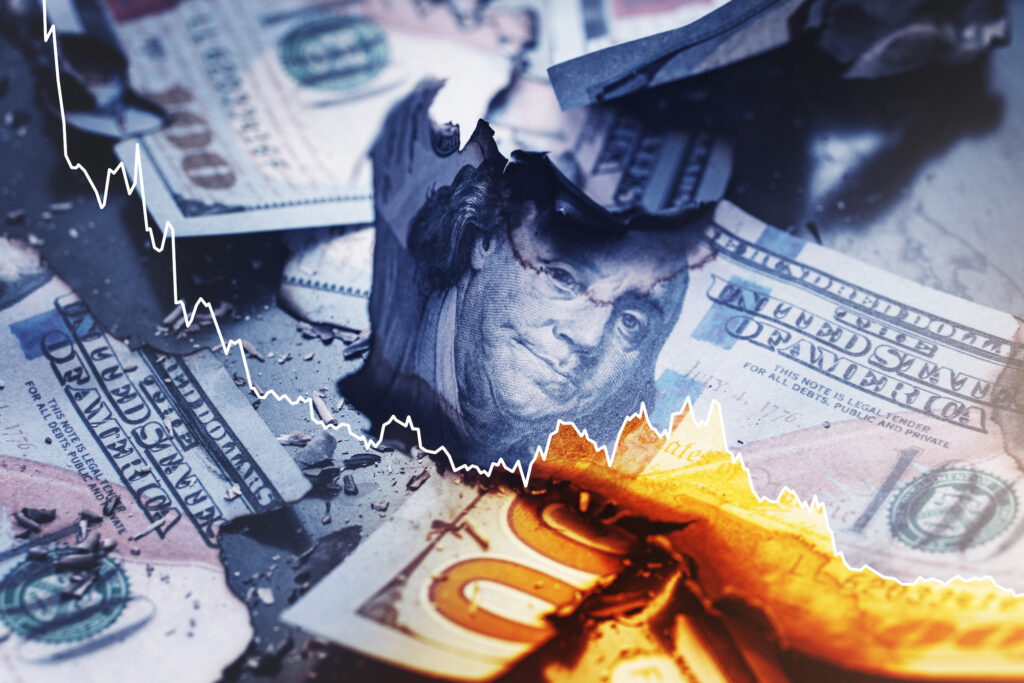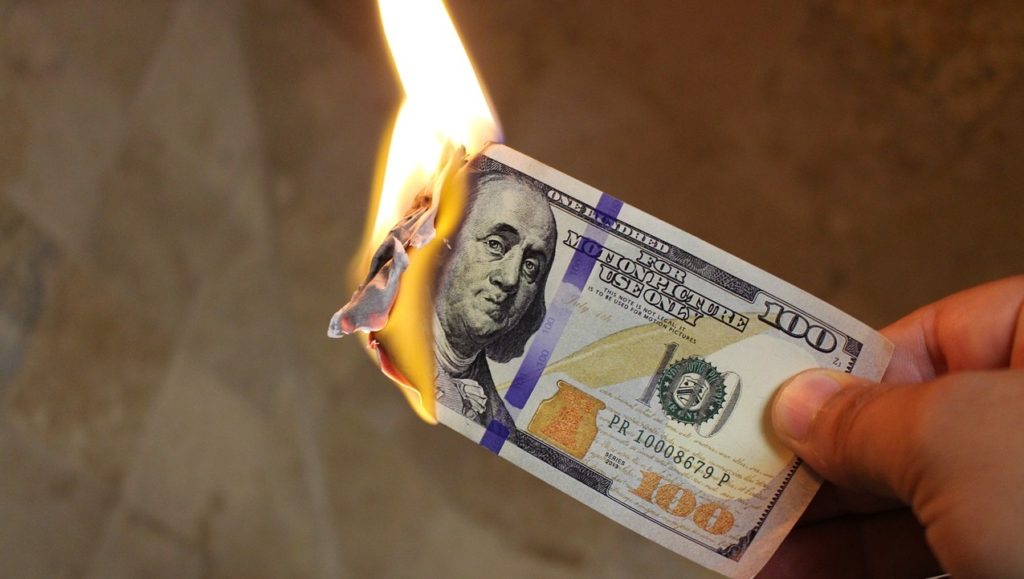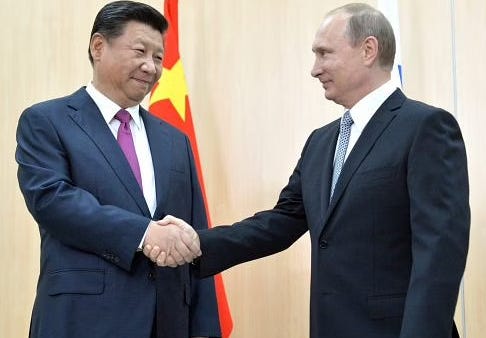MOSCOW – Across the Global South, countries are lining up to join the multipolar BRICS and the Hegemon-free future it promises. The onslaught of interest has become an unavoidable theme of discussion during this crucial year of the Russian presidency of what, for the moment, is BRICS-10.
Indonesia and Nigeria are among the top tiers of candidates likely to join. The same applies to Pakistan and Vietnam. Mexico is in a very complex bind: how to join without summoning the ire of the Hegemon.
And then there’s the new candidacy on a roll: Yemen, which enjoys plenty of support from Russia, China, and Iran.
It’s been up to Russia’s top BRICS sherpa, the immensely capable Deputy Foreign Minister Sergey Ryabkov, to clarify what’s ahead. He tells TASS:
We must provide a platform for the countries interested in rapprochement with the BRICS, where they will be able to work practically without feeling left behind and joining this cooperation rhythm. And as to how the further expansion will be decided upon – this should be postponed at least until the leaders convene in Kazan to decide.
The key decision on BRICS+ expansion will only come out of the Kazan summit next October. Ryabkov stresses that the order of the day is first “to integrate those who have just joined.” This means that “as a ‘ten,’ we work at least as efficiently, or, rather, more efficiently than we did within the initial ‘five.'”
…click on the above link to read the rest of the article…


 (Photo Credit: The Cradle)
(Photo Credit: The Cradle)











